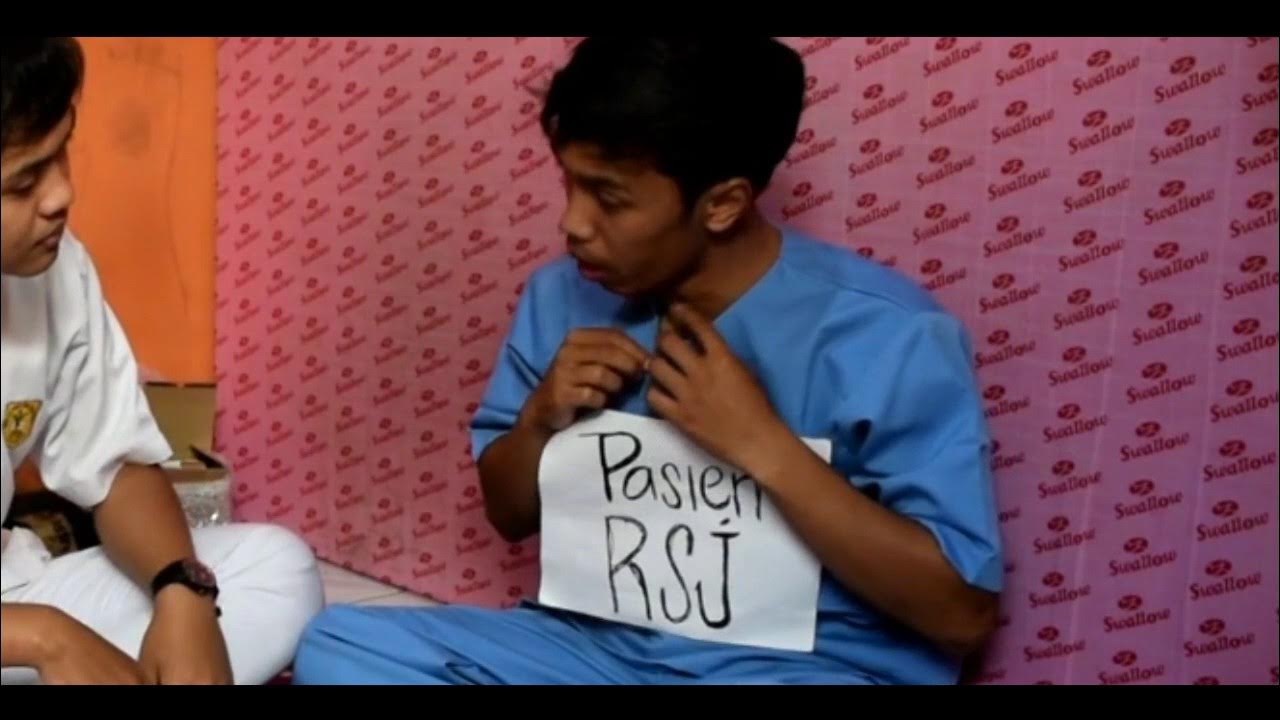Pain assessment
Summary
TLDRThe video script portrays a realistic clinical scenario with a role-play involving a student nurse, a registered nurse, and a patient post-knee replacement. It demonstrates effective communication, pain assessment, and the process of administering medication, including the importance of checking medication with a second nurse and monitoring the patient's response. The interaction also touches on potential side effects, such as constipation, and how to address them.
Takeaways
- 😀 The video script is an educational role-play for nursing students, demonstrating a patient interaction during clinical placement.
- 👩⚕️ Sue Wong is a registered nurse and facilitator at UTS, guiding the role-play scenario.
- 👨🎓 Raza Zahidi, a third-year nursing student, plays the role of a first-year student to show effective communication with patients and nurses.
- 👵 Jeannette Bryant is portrayed as a patient who has undergone a knee replacement surgery.
- 🤝 The interaction begins with a friendly greeting and introduction, setting a positive tone for patient care.
- 🔍 The nurse assesses Jeannette's pain level using a zero to ten scale, identifying it as a six on the scale.
- 💊 The patient requests Panadeine Forte for pain relief, and the nurse checks the medication order and preferences.
- 📚 The script highlights the importance of using resources like MIMS for drug information and understanding side effects.
- 👥 The medication administration process requires two registered nurses to ensure accuracy and safety.
- 📝 Proper documentation and verification are emphasized, including checking the medication against the patient's chart and updating records.
- 📈 The script demonstrates the process of monitoring the patient's response to medication and adjusting care as needed, such as addressing constipation.
- 👍 The role-play concludes with a positive patient outcome, showing the effectiveness of the nursing care provided.
Q & A
What is the role of Sue Wong in the role-play scenario?
-Sue Wong is a registered nurse and one of the facilitators at UTS, guiding the student through the interaction with the patient.
Who is Raza Zahidi in the role-play?
-Raza Zahidi is a third-year nursing student role-playing as a first-year student for the purpose of the scenario.
What procedure has Jeannette Bryant undergone?
-Jeannette Bryant has undergone a knee replacement surgery.
How does Jeannette describe the pain she is experiencing after the knee replacement?
-Jeannette describes the pain as 'aching' and quite severe when she moves her knee, rating it around a six on a scale from zero to ten.
What is the purpose of the role-play for the nursing students?
-The role-play is designed to help nursing students learn how to communicate with patients and other nurses effectively during clinical placements.
What medication is Jeannette Bryant prescribed for her knee pain?
-Jeannette Bryant is prescribed Panadeine Forte for her knee pain.
What is the significance of having two nurses check out medication from the drug cupboard?
-Having two nurses check out medication ensures accuracy and accountability, especially for Schedule 4 drugs which require careful handling.
What does MIMS stand for and why is it used in the script?
-MIMS stands for Monthly Index of Medical Specialities, a resource used by healthcare professionals to find detailed information about drugs.
What are the potential side effects of Panadeine Forte mentioned in the script?
-The potential side effects of Panadeine Forte mentioned are gastrointestinal upset, constipation, and drowsiness.
How does the script illustrate the process of administering medication in a clinical setting?
-The script shows a step-by-step process including checking the medication against the order, verifying the patient's identity, administering the medication, and documenting the administration in the medication chart.
What is the follow-up action taken by the nurses after administering Panadeine Forte to Jeannette?
-The nurses return after about thirty to forty-five minutes to check if the medication has worked and to see if the pain level has decreased.
How does the script address the issue of patient education regarding medication side effects?
-The script shows the nurses discussing the potential side effect of constipation with Jeannette and suggesting measures such as increasing water intake and fiber in her diet to manage it.
Outlines

This section is available to paid users only. Please upgrade to access this part.
Upgrade NowMindmap

This section is available to paid users only. Please upgrade to access this part.
Upgrade NowKeywords

This section is available to paid users only. Please upgrade to access this part.
Upgrade NowHighlights

This section is available to paid users only. Please upgrade to access this part.
Upgrade NowTranscripts

This section is available to paid users only. Please upgrade to access this part.
Upgrade NowBrowse More Related Video

Keperawatan Jiwa " SPTK Harga Diri Rendah"

Komunikasi dalam Keperawatan: Komunikasi Terapeutik pada Keluarga

ROLEPLAY ORIENTASI PASIEN BARU Kelompok 4

PARENTERAL ADMINISTRATION | ID, SQ, IM (RETURN DEMONSTRATION)

Nursing Simulation Scenario: Stress & Crisis

Komunikasi Terapeutik dalam mengatasi Klien Marah, Rewel, dan Komplain
5.0 / 5 (0 votes)